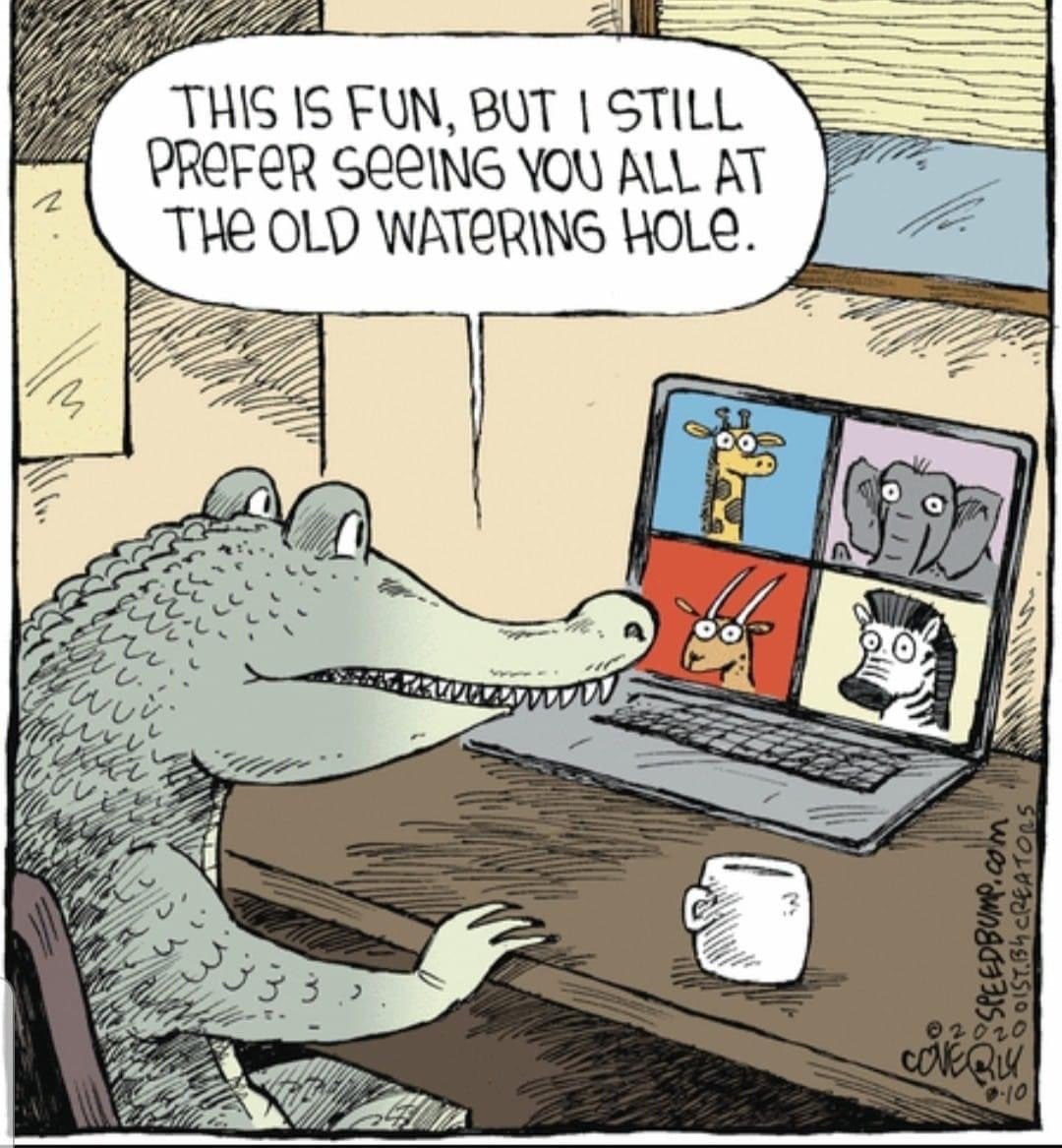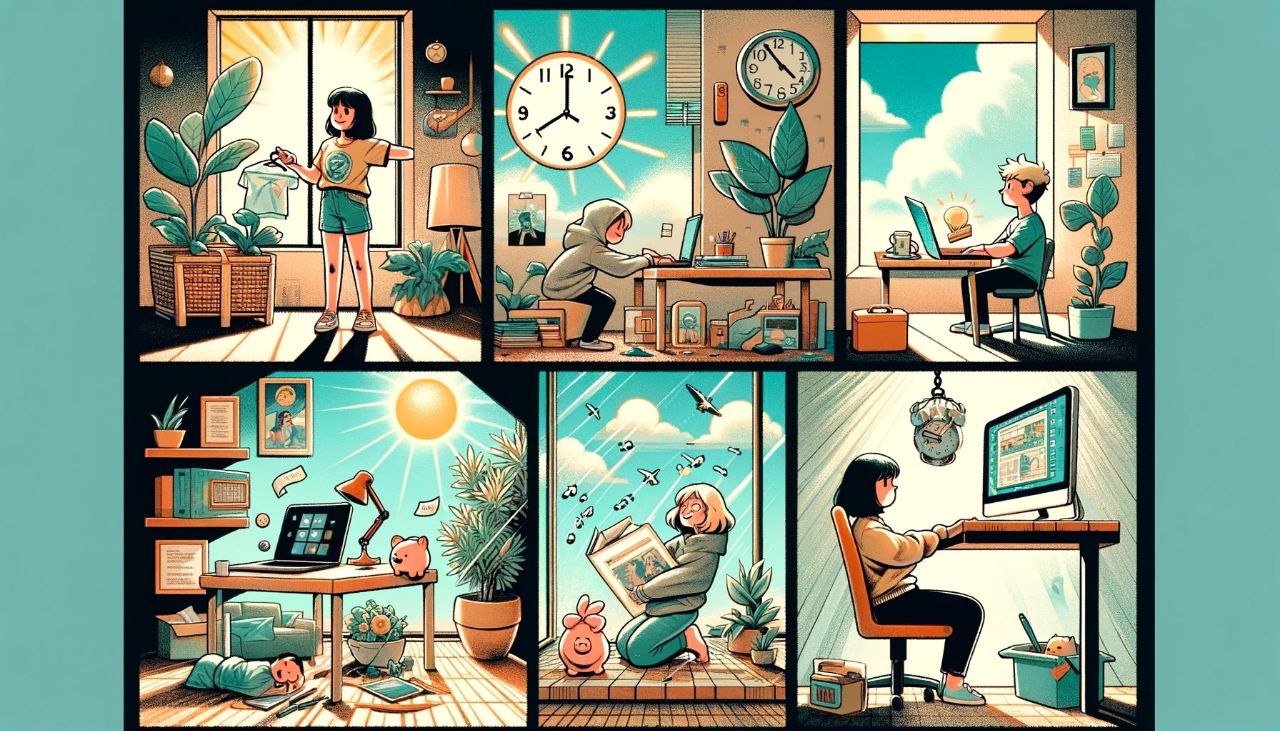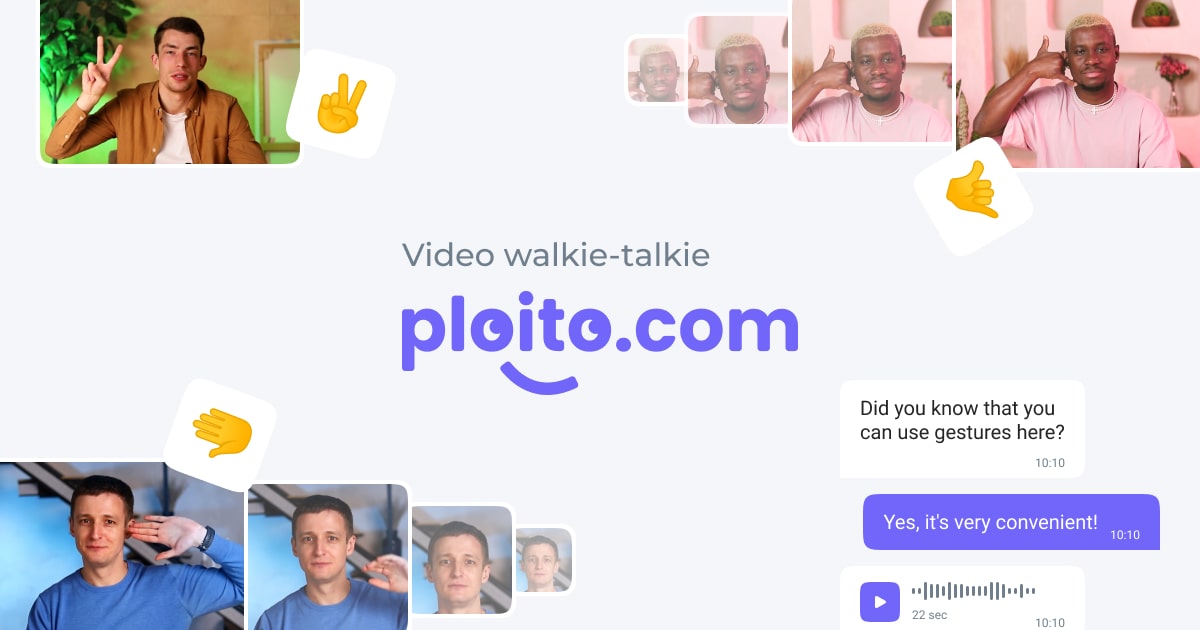A virtual office for remote work
It's refreshing not to delve into clichés about the modern world, COVID, and remote work in this article. Instead, let's explore the pros and cons of remote work and, most importantly, the role virtual offices play.

Pros of remote work
No need to spend time and money on commuting to the office.
You can work in a comfortable environment and attire.
No one distracts you (except for maybe your family
).
No need to bring food containers. Your kitchen is always nearby
.
Cons of remote work
For employees, all the downsides are associated with the loss of a daily routine and communication, which gradually leads to a decline in efficiency.
Remote work leads to procrastination. The absence of office attendance requirements gradually results in a loss of discipline, allowing you to start a bit later or work in a relaxed mode with your phone.
Remote work isolates. You don't interact with colleagues. There's no need to look good in front of your colleagues, and before a video call, you throw on a shirt over your pajamas. Recognize yourself?
Remote work divides the team. While in the office, you're always in touch with colleagues, know what everyone is up to, can exchange a few words about an emerging issue, and generally feel like a team working towards a common goal.
Do you also hate scheduling conference calls? Especially if there will be more than three people on the call? It takes a lot of time, even though often the issue could be resolved very quickly. And conference calls themselves stretch like rubber, requiring willpower to put an end to them
.
Due to the procrastination that arises in remote work, an employee takes a long time to "get into the swing of things," and in the end, works late because they only managed to gather the strength to start working. The boundaries of the workday blur, creating a feeling that you're working all the time.
For an employer, the significant downside is that they gradually lose control and trust. After all, if an employee doesn't respond in the messenger for a long time and then claims they didn't see the notifications, the manager begins to doubt whether the employee is really at their workstation and working during their working hours.
Virtual offices for remote employees
If the downsides for employees don't prompt them to seek some solution, the loss of control for the employer doesn't leave them at ease. In attempts to find ways to discipline employees and improve communication among them, the employer finds virtual offices.

There are several solutions for virtual offices. They share common features: all employees are invited to an online office, where they can easily communicate with each other, creating a sense of being present together. Everyone can hear each other when they turn on their microphone and see each other if they activate their camera. A similar presence principle is attempted by transitioning the entire team to work on Discord or Zoom.
In some solutions, colleagues can hear each other when they are close by, and to stop hearing, one needs to move away in their virtual space.
Most virtual offices allow you to decorate your office space like in a game (hanging paintings on the walls, choosing the color of the sofa, placing a fountain in the office). This allows for a distraction from work and a chance to relax with colleagues, improving the office's interior or rearranging it.
A virtual office Ploito
However, we had our own vision of what an ideal virtual office should be. In creating Ploito, we were inspired by the idea of combining all the benefits of the office and remote work, creating ideal conditions for comfortable home work. At the same time, it was important for us to strike a balance between discipline and freedom, ensuring that the application couldn't be used as a digital prison for employees.

We stayed true to our ideas, and here's how we achieved it:
Everyone sees each other as in the office. No need to schedule calls; everyone is always connected. If you see a colleague's silhouette in blur, it means they are at the computer, and you can talk to them right away.
Only the fact of a person's presence at the computer is recorded. Video is transmitted in real-time with a strong blur on the face. You can't monitor an employee because nothing is visible except for a heavily blurred face. Video of the employee is not recorded, so you can't review it.
You can heavily blur the background while in the stream. Even the fact of working lying down won't be visible.
Audio is not recorded. There is no technical possibility to hear what an employee is saying if they are not in the broadcast.
We don't take screen captures and don't check which applications the employee is using.
We have a "Do Not Disturb" mode and the ability to lock your room. You can also say something directly to a colleague to avoid distracting the entire office.
All we do is visualize remote employees and organize a team that can easily communicate with each other. The fact that you are visible leads to self-discipline.
The best form of control is the one that isn't felt, yet the functions are fulfilled. Agreed?
Also, we have a short video clip where in just 2 minutes, you'll learn the most important things about Ploito!